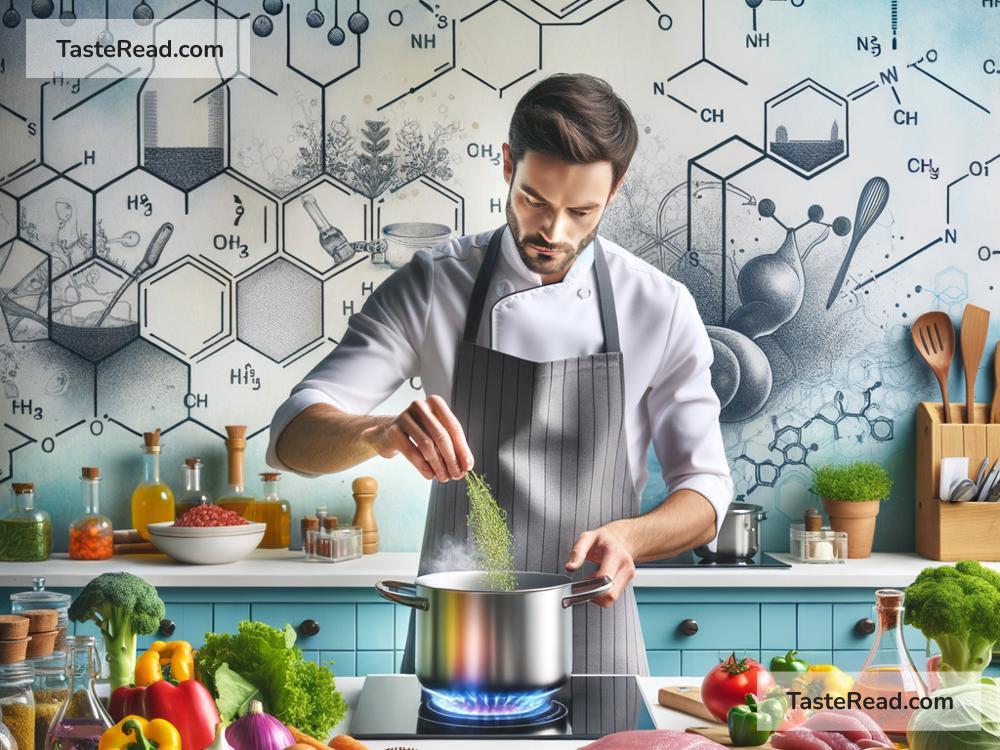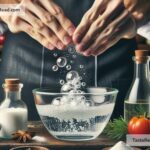The Science of Cooking with Chemical Endurance: Techniques and Tips
Cooking is both an art and a science. While we often think about the artistic side—crafting beautiful dishes or experimenting with flavors—the scientific aspect is just as important. In fact, understanding how ingredients behave under heat, cold, and pressure can take your cooking to the next level. This blog explores the fascinating science of cooking with “chemical endurance.” But don’t worry—no fancy lab coats are needed! We’ll keep things simple and fun.
What Is Chemical Endurance in Cooking?
Chemical endurance in cooking refers to how well certain ingredients hold up under changes in temperature, moisture, and pressure during cooking. For example, some foods remain stable when baked, boiled, or fried, while others can break down or transform entirely. Understanding this can help you balance flavors and textures in your dishes and avoid culinary disasters. Essentially, it’s about knowing how chemical reactions impact ingredients and how to work with them instead of against them.
Let’s dive into some techniques and tips for harnessing the power of chemical endurance in your cooking.
1. Balancing Proteins: The Egg Dilemma
Eggs are a classic example of an ingredient with delicate chemical endurance. When heated, the proteins inside eggs denature, which means they unravel and solidify. That’s why eggs turn firm when cooked. But heat them too much, and they can become rubbery or dry.
Tip: Use low-to-medium heat when cooking eggs, such as scrambling or making a custard. If you get the temperature just right, you’ll achieve a creamy, soft texture instead of an overcooked mess.
Wondering about poached eggs? Adding a little vinegar to the boiling water helps the egg whites set faster because the acidity boosts the proteins’ structural endurance. Voilà—perfect poached eggs!
2. Understanding Caramelization: Sweet Science
Caramelization is the process where sugars break down when exposed to heat, creating rich, brown flavors. It’s what makes caramel, roasted vegetables, and seared meats taste so irresistible. Caramelization begins around 320°F (160°C), but it varies depending on the type of sugar.
Tip: When sautéing onions, don’t rush! Start with medium heat, stir frequently, and let the sugars naturally break down over time. If you speed up the cooking process with high heat, you risk burning them instead of achieving that gorgeous golden hue.
If you’re baking, keep an eye on the sugar ratio in your recipes. Too much sugar can make baked goods brittle once caramelization kicks in.
3. Mastering Maillard Reaction: The Golden Browning
The Maillard reaction is another fascinating cooking chemistry trick. It occurs when amino acids (from proteins) and sugars interact under heat, forming hundreds of new flavor compounds. When you sear a steak, toast bread, or roast coffee beans, the Maillard reaction is responsible for that mouthwatering aroma and deep flavors.
Tip: To get the best Maillard reaction, dry your food before cooking—especially for meats. Patting your steak dry ensures less moisture interferes with browning. Also, avoid overcrowding your pan. Without enough space, steam can get trapped, slowing down the Maillard reaction.
For baking enthusiasts, a pinch of baking soda can help with browning. The alkaline environment boosts the Maillard process!
4. Acidity and Alkali: Balancing PH for Perfect Results
Acidity (low pH) and alkali (high pH) play a big role in cooking. For example, lemons or vinegar add acidity, which can tenderize meats and brighten flavors. On the flip side, alkaline ingredients like baking soda can create fluffier pancakes or enhance browning.
Tip: Understanding the pH scale helps you tweak recipes. When making sauces with tomatoes (naturally acidic), adding a pinch of sugar can neutralize the acidity for a smoother taste. Similarly, using buttermilk or yogurt in baked goods can make them tangy and tender because the acidic environment reacts with leavening agents like baking soda.
5. Heat Control: The Power of Temperature
Cooking is a constant interplay of heating and cooling—so mastering temperature is key to chemical endurance. Proteins set at certain temperatures, sugars caramelize between 320–360°F (160–182°C), and water evaporates at 212°F (100°C).
Tip: Invest in a good thermometer! It’s your secret weapon for perfectly cooked meats, candies, and bread. For example, chicken should reach an internal temperature of 165°F (74°C) for safe eating, while steaks are best finished around 130–160°F (54–71°C), depending on how you like them.
For delicate desserts like custards or soufflés, low and steady heat prevents curdling or collapsing. Think of cooking as a “goldilocks” process: Not too hot, not too cold, but just right.
6. Oil and Fat: Stability Under Fire
Oils and fats have varying levels of chemical endurance when exposed to heat. Some oils are stable at high temperatures (like avocado or peanut oil), while others (like olive oil) degrade more quickly, changing their flavor and nutritional properties.
Tip: Use oils with a high smoke point for frying (e.g., canola oil or sunflower oil). For delicate dishes, stick to oils that add flavor, like extra virgin olive oil, but don’t heat them excessively.
7. Freezing and Thawing: Preserving Texture
Cold temperatures can change the chemical makeup of foods too. Water expands when it freezes, which can damage the texture of fruits, vegetables, or marinated meats. But freezing also slows bacterial activity, which helps preserve food.
Tip: Freeze foods like berries individually on a tray first before transferring them to containers. This keeps them from sticking together. And always thaw meats gradually in the refrigerator to protect their texture and avoid uneven cooking later.
Final Thoughts
Cooking with chemical endurance isn’t difficult—it’s all about understanding how heat, moisture, and acidity affect ingredients and using that knowledge to improve your dishes. Whether you’re caramelizing onions, searing a steak, or baking fluffy cakes, these techniques will help you manage chemical reactions for delicious results.
So, the next time you step into the kitchen, think of yourself not just as a chef but as a scientist, experimenting and exploring the exciting world of food chemistry. Who knows? You might uncover a new favorite recipe or skill! Happy cooking!


